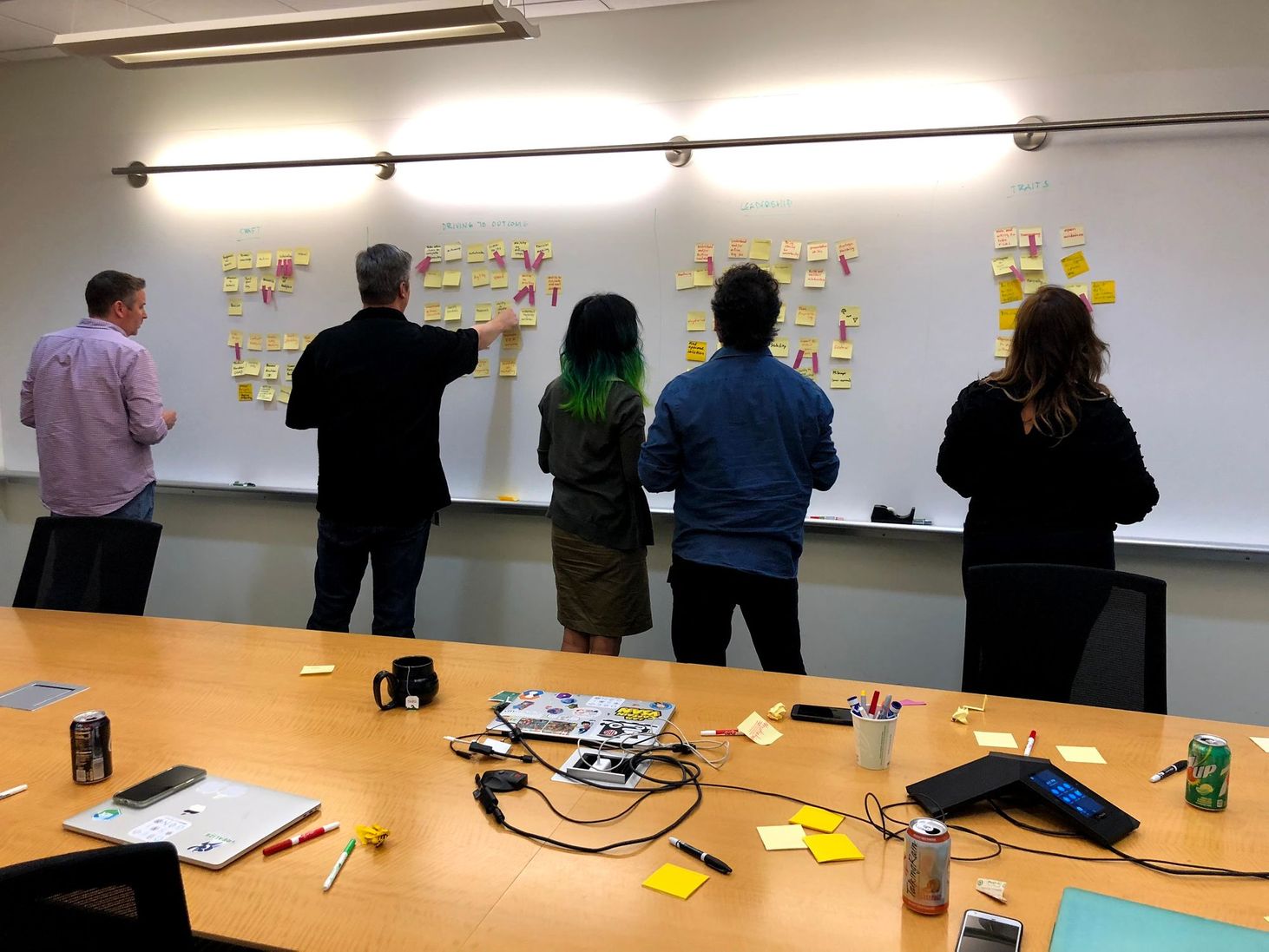Building our product design career development framework
Note that this article focuses on our individual contributor career development framework. With a fast-growing team, building a robust career framework becomes a necessity. The goal of our framework is to facilitate ongoing conversations between a product designer and their manager about achievements, motivations, blockers/constraints, and development opportunities. These

Building psychological safety into the core of a team’s culture
One of the most important aspects of any team is its culture. When teams grow, culture is generally a representation of what people believe the culture to be instead of what leadership might want the culture to be. For example, although the leadership team might want an open and inclusive

Few questions to ask before preparing your next work presentation
Over the past few years, I’ve been spending a bigger portion of my time either presenting or listening to presentations. The topics of these presentations are different and no single style of presentation is best for all contexts, audiences, and environments. That said, I have learned a few tips

Find the strengths in people’s unique backgrounds
Before leading design at VMware, I was an engineer. I guess I am still an engineer in addition to being a designer. I studied computer science at the University of Washington [https://www.cs.washington.edu/] (Go Huskies!) and worked as a front-end engineer within VMware before co-founding Clarity [http:

Productivity, not activity. How I try to ensure I am focusing on the right priorities.
A few months ago, I had a conversation with a designer on my team about managing her work. She was subtly hinting to me that she’s overwhelmed with the level of work she’s been handed and is trying to figure out how to manage it. As we went

Have an opinion and earn your “seat at the table”
I spend a lot of time on cross-collaboration with product managers, engineers, and designers working together to deliver the best experience possible to our customers. Overall, it’s a healthy environment of genuine focus on our customers, even when our opinions differ. In enterprise design, we’re transitioning design as

Shifting the mindset on accessibility in design
In the software industry, much of the discussion around accessibility is around compliance and cost. When we talk cost, we’re referring to the actual dollars we’re losing or the cost of fixing the accessibility defects. It’s not the cost to those affected by our software’s inability

Building your team's skills matrix
A couple of years ago, we began a movement to transform design at VMware and with it, transform VMware itself into an experience-led company. Anybody who’s been a part of a transformation would tell you that the most important part of a transformation is people. How you transform the

Lead with context
In design, context is key. When we design workflows and products, especially complex ones, we focus on providing the necessary context to users in order to help them make the right decisions at the right time. Without a way to predict every single user scenario, providing context becomes a key

Ask for your next promotion
This article will probably land a few more emails in my inbox over the coming weeks and months, but here we go. The more conversations I have with design leaders, individual contributors, and even design managers, the more I am reminded how much of what I know today as a

